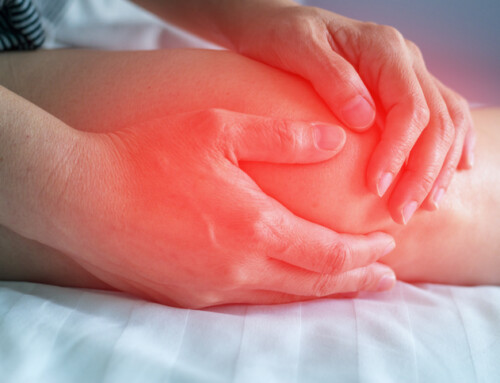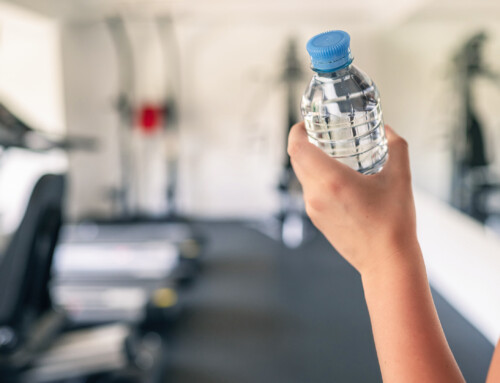Dom Zotto, SPT
Prevention and Treatment of Osteoarthrtitis
Osteoarthritis (OA) is a complex disease and is best defined by the Osteoarthritis Research Society International (OARSI) which states, OA is
“…a disorder involving movable joints characterized by cell stress and extracellular matrix degradation initiated by micro- and macro-injury that activates maladaptive repair responses including pro-inflammatory pathways of innate immunity. The disease manifests first as a molecular derangement (abnormal joint tissue metabolism) followed by anatomic, and/or physiologic derangements (characterized by cartilage degradation, bone remodeling, osteophyte formation, joint inflammation and loss of normal joint function), that can culminate in illness.”
OA is typically characterized by pain in large weight-bearing joints and is more common in women, overweight individuals, those who have suffered an injury to the joint, and occupations with repetitive loading of the joints.
OA Prevention
The primary forms of prevention are weight management and injury prevention. Patients with a high Body Mass Index (BMI) or overall weight will benefit from a structured exercise regimen that will decrease these measures to healthy levels while lowering the risk for developing OA.
The Osteoarthritis Action Alliance (OAAA) has identified 7 core components of injury prevention to help decrease incidence of OA:
- Plyometrics
- Core Strengthening
- Balance exercises
- Continual feedback to athletes regarding proper technique, including reminders to bend at the knees and hips, to land softly, to keep knees over toes, and to avoid dynamic knee valgus
- Sufficient dosing
- 6 weeks (about 2-3 fifteen minute sessions per week) is suggested as pre-season conditioning after which time the program should be used as a warm-up before practices and games for in-season maintenance.
- Minimal-to-no additional equipment is required.
- Compliance
OA Treatment
There are many treatment options for osteoarthritis, including injections and medications, but some of the most effective are physical therapy interventions. These interventions may consist of exercise, assistive devices and patient education. Patients will be educated on the nature of OA and expectations will be managed. The use of an assistive device will be discussed if it is deemed necessary for the patient. Exercise programs will be individually tailored to the patient and will consist of low-impact aerobic exercise, strengthening of surrounding musculature, and increasing flexibility. These exercises may be performed on land, but many times are done in the pool to safely off-load the affected joint(s). It is recommended that 150 minutes/week of moderate activity be performed for best results.
For more information on prevention and treatment of Osteoarthritis, contact any of our Capital Area Physical Therapy locations in Malta, Queensbury, or Clifton Park at 518-289-5242.
Reference: Osteoarthritis Action Alliance. Osteoarthritis Information. https://oaaction.unc.edu/resource-library/. Accessed December 2, 2019.






